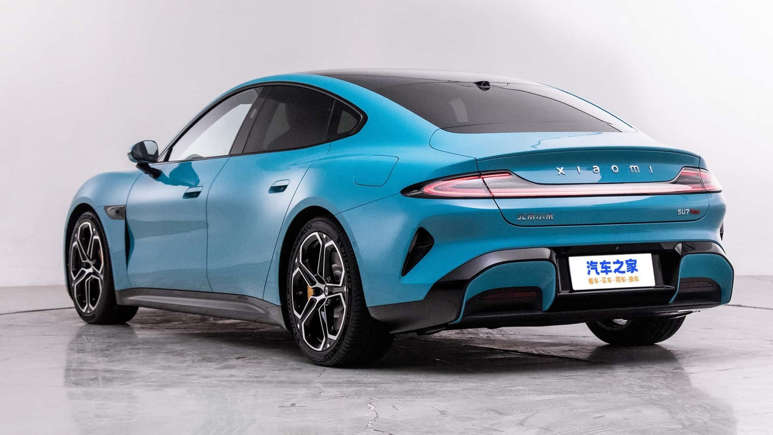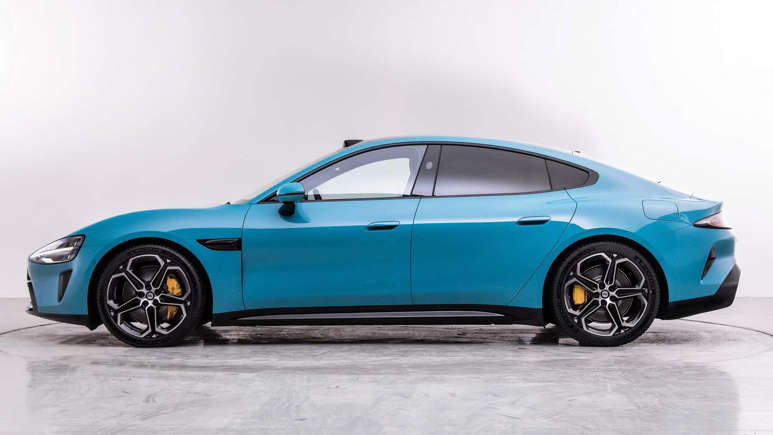

Customers in China are facing wait times as long as seven months to get their cars delivered.
The Xiaomi SU7 made a big splash in China late last week. It’s the first-ever car made by a company known worldwide for its consumer electronics. Still, people flocked to the firm’s website to place orders for the battery-powered sedan that competes directly with the Tesla Model 3, although the Chinese EV is slightly larger and also cheaper.
Ten thousand people in China preordered the SU7 within the first four minutes of the order form opening last Thursday. After just 27 minutes, 50,000 orders piled up, and by the end of the day, Xiaomi had received nearly 90,000 preorders for its inaugural car.
That’s a lot of interest for a brand-new car from a company that has never made a car before. As a result, people who placed a 5,000-yuan ($850) deposit for the Xiaomi SU7 will have to wait up to seven months to get their hands on the car, according to a report from Reuters, which checked the delivery timelines on the company’s car app.
Deliveries are set to begin by the end of this month, but the most expensive model known as the Max, which costs 299,900 yuan ($41,500), has a delivery window between 27 and 30 weeks, meaning it will likely arrive at customers next year.
The entry-level Standard version of the SU7, which starts at 215,900 yuan ($29,900), as well as the SU7 Pro, which goes for 245,000 yuan ($33,990), may take between 18 and 21 weeks to be delivered.
Powered by electric motors that were developed in-house by Xiaomi, the SU7 is either rear-wheel drive or all-wheel drive, depending on the trim. The car is based on an 800-volt architecture and the high-voltage batteries that offer up to 515 miles (830 kilometers) of range on the CLTC procedure are sourced from either CATL or BYD.
The car itself will be built under contract by China’s BAIC at a new factory in Beijing which has an initial production capacity of 150,000 vehicles per year and 300,000 vehicles per year in the second phase.
The Xiaomi SU7 is around $4,000 cheaper than the Tesla Model 3 in China but boasts a higher driving range, more screens inside, a head-up display, and a somewhat more upmarket interior with tech that integrates with Xiaomi’s consumer products. Although there are cheaper variants out there, like the Zeekr 007, it looks like Xiaomi’s marketing efforts have paid off in what is arguably the most competitive EV market in the world.






